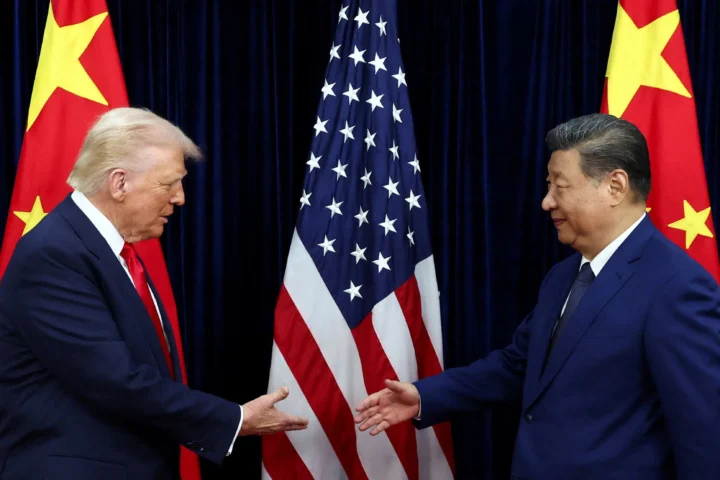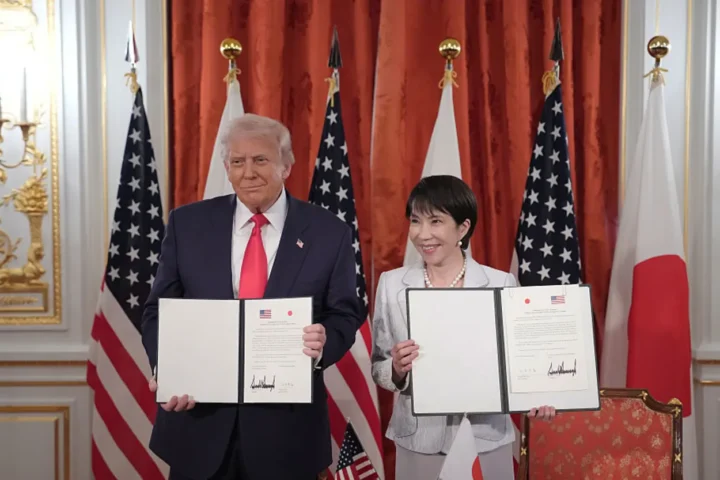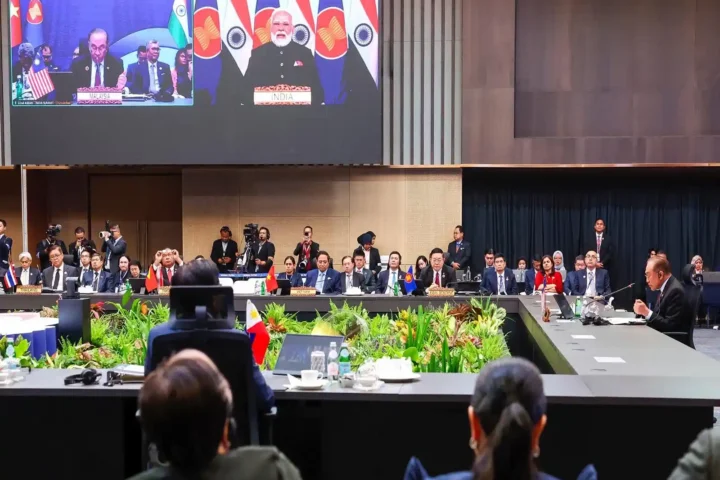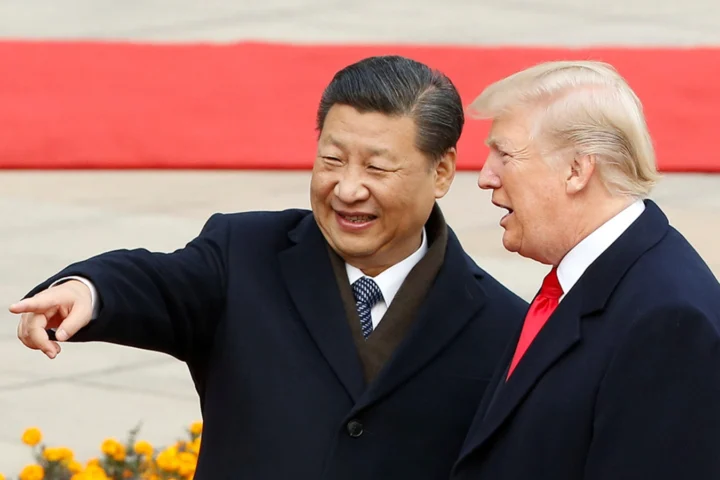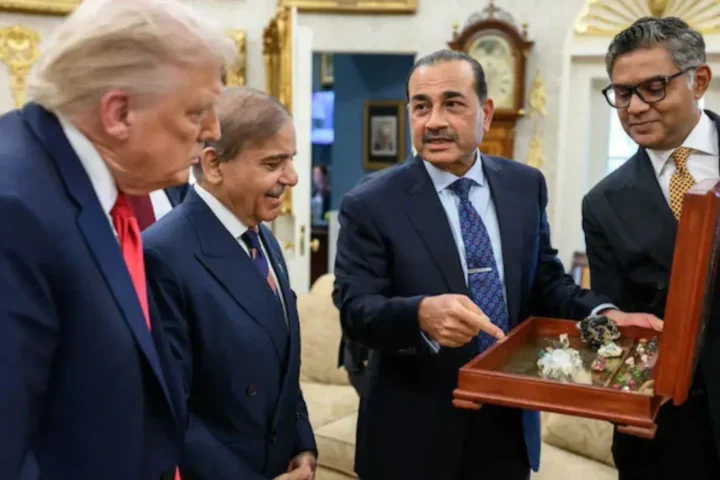In a dramatic show of both military and financial muscle, China last week paraded its growing alliances with U.S. adversaries — Russia and North Korea — sending a message that its ambitions extend far beyond the battlefield. Behind the display of tanks and missiles lies a quieter, but equally potent, offensive: an effort to weaken the U.S. dollar’s global dominance.
Gold Rush by Central Banks
Global markets have been jolted as China, alongside other central banks, accelerates a shift away from U.S. government bonds and toward gold. This strategic diversification has driven bullion prices to record levels — the Comex price for September delivery recently surpassed $3,600 per ounce, marking a 45% rise over the past year.
Analysts at J.P. Morgan attribute much of the surge to central bank purchases, now totaling nearly 36,200 tonnes — about 20% of official reserves worldwide, up sharply from 15% at the end of 2023. Leading the charge are China, Poland, Turkey, India, Azerbaijan, Czechia, and Iraq, with little participation from U.S. allies.
The motivations are clear: reduce reliance on the dollar, hedge against market instability, and, in China’s case, chip away at America’s economic clout.
A Dollar Under Pressure
Morgan Stanley reports the dollar’s value has tumbled roughly 11% in the first half of 2025 — the steepest drop in more than five decades — ending a 15-year bull cycle. The investment bank predicts further erosion in the year ahead.
The implications for everyday Americans are tangible. A weaker dollar makes overseas travel and imported goods more expensive, while higher Treasury yields — the result of reduced demand for U.S. debt — push up borrowing costs on everything from mortgages to car loans.
China’s Strategic Endgame
Beijing’s ultimate goal is to elevate the renminbi as a reserve currency. That ambition faces major hurdles, including currency controls, unreliable economic data, and a slowing domestic economy. But sowing doubt about the dollar’s stability still undermines U.S. influence and forces Washington to pay more to finance its debt.
Adding to the pressure, political rhetoric and media narratives have magnified concerns about U.S. economic policy, particularly tariffs and deficit spending. While critics highlight the risks, some analysts argue that tariff revenues could help strengthen public finances.
The Road Ahead
Despite the challenges, the U.S. dollar’s reserve status remains secure for now. Neither Europe, mired in stagnation, nor Japan, grappling with political and economic instability, offers a viable alternative.
Domestically, policy incentives and new trade agreements are spurring investment, which could translate into job growth and higher tax revenues. Treasury Secretary Scott Bessent recently predicted a “substantial acceleration” in the U.S. economy by year’s end — a rebound that could stabilize the dollar and blunt China’s monetary offensive.
For now, America’s currency remains the world’s standard. But as Beijing’s gold reserves grow, the contest over who controls the future of global finance has only just begun.





